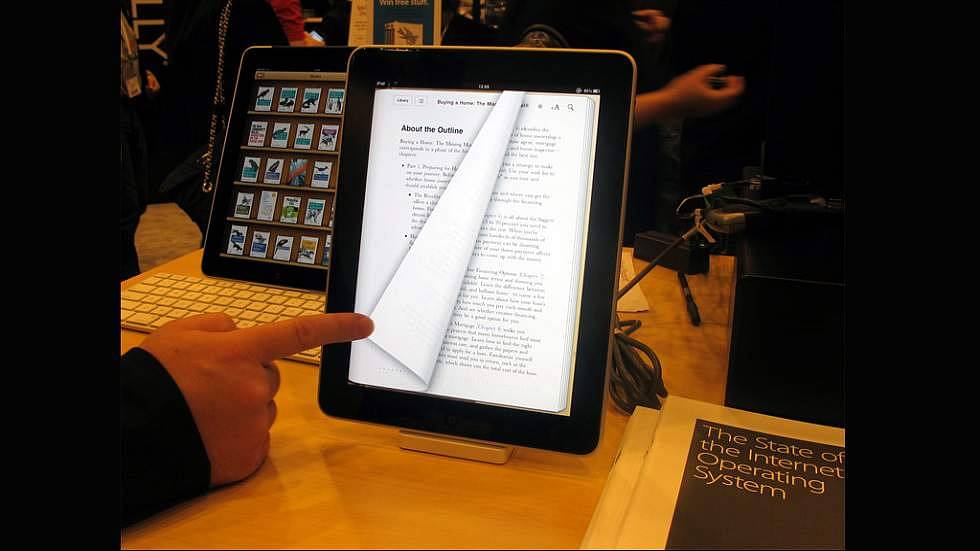
If present times are taken into consideration, it may be observed that technology is creating a disruptive effect in the field of edification. The extensive proliferation of PCs and Smartphones has nothing but made the globe an unmatched digital entity. Earlier, these gadgets could only be found in prestigious educational institutes or private colleges. The introduction of technology, or in other words, digitization in the educational system of India actually seemed to be a far-flung concept. Even the providers of education technology and investors were then cagey while investing in this country for quite a while.
The introduction of many educational tools that make an explicit use of digital technology has completely changed the scenario. Moreover, the increased awareness about this technical aspect, as well as the increase in the neo middle class, which is always willing to spend money for the good.
Coming to classrooms, they provide a typical portrayal of the tiring, long continuous hours of lectures that were given by the respective lecturer. With the introduction of this new technology, a formidable change has been brought about in almost all the subjects that are being taught at both the school, as well as the graduation level of teaching. The good news is that this technology has been welcomed and positively embraced by the educational institutions all across the length and breadth of this country. Apart from creating a more interactive environment in the classrooms, the concept of digitization has even increased participation in the classrooms. The teachers, on the other hand, are also finding the job of teaching more simplified. Gone are the days when they had to draw diagrams of complicated precision on the blackboard, and that too was rubbed off in the following class!

With a flood of new software available everywhere in the market, more than 100,000 schools and colleges in India have quickly taken over the various forms of this technology. Even the education system has been made to pass through a drastic change.
To be more precise, the process of digitization in the field of education is fast emerging in India. Science and technology are being adopted swiftly be private schools so as to satisfy the educational needs put forward by the GenNext students. Digital tools are extensively being used to enhance the system of education in rural India.
PM Modi’s emphasis on the Digital India campaign is going to increase the scope of technology in the country. It aims to ensure better connectivity and maximise the potential of India’s demographic dividend.
Creating broadband highways across the length and breadth of the country would help in revamping the educational space digitally. The shortage of education institutes and faculty can be addressed when the technology is made accessible to all the people.

The National Mission on Education through Information and Communication Technology (NMEICT) Scheme aims to leverage the potential of ICT for teaching and learning processes. It has two major components - content generation and providing connectivity along with provision for access devices to the institutions and learners. Around 419 Universities/ University level Institutions and 25000 colleges and polytechnics in the country to be connected.
But this is not all!
The firms providing these innovative technologies as far as education is concerned are also willing to venture into the rural sector and the remote areas of India while taking help from the State Government.

The faster transmission of edification and that too at a minimal price has pushed firms (providing innovative technologies in this field) to look into tapping the rural areas for further opportunities with the help of state governments. An exclusive use of digital tools is being made by the government, with an aim to enhance the edification system in the rural parts of India. Trends exemplified by the ever growing penetration of low-cost computing devices, high-speed broadband and a strong thrust that is coming from the Government play the role of bringing about the transformation of the education system in India.
To end up, the embracing of digital concept in education, has benefited by bringing about modifications in the age old system of education. Even if we talk about the cost factor involved in this type of education, you may be surprised, but glad to find that the charges are as low as a meager Re1/- per student! Consequently, the low charges have urged the schools to go in for the technological part, and make it an integral wing of the teaching curriculum.
Are you feeling lost and unsure about what career path to take after completing 12th standard?
Say goodbye to confusion and hello to a bright future!

Was this article helpful?


















Similar Articles
BET 2025: Registration (Last Date - Today), Exam Dates, Syllabus, Exam Pattern
CUET Passing Marks 2025: Know Minimum Qualifying Marks and Percentile
CSIR UGC NET 2024: Answer Key (Out), Result (Soon), Cut-off, Merit List
CUET UG 2025 Login: Application Number, Password, Steps to Retrieve
AIFSET 2025: Result (Out), Registration (Phase 3 - Started), Admission Process & Latest Updates
CUET PG Chemistry 2024 Question Paper